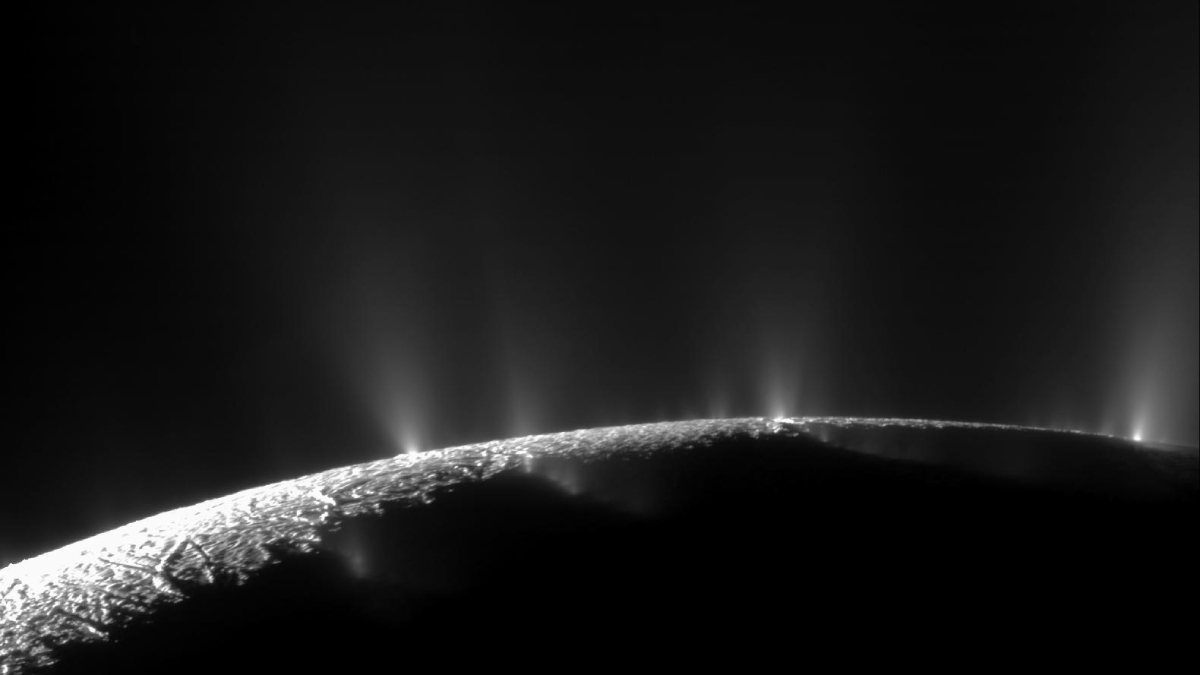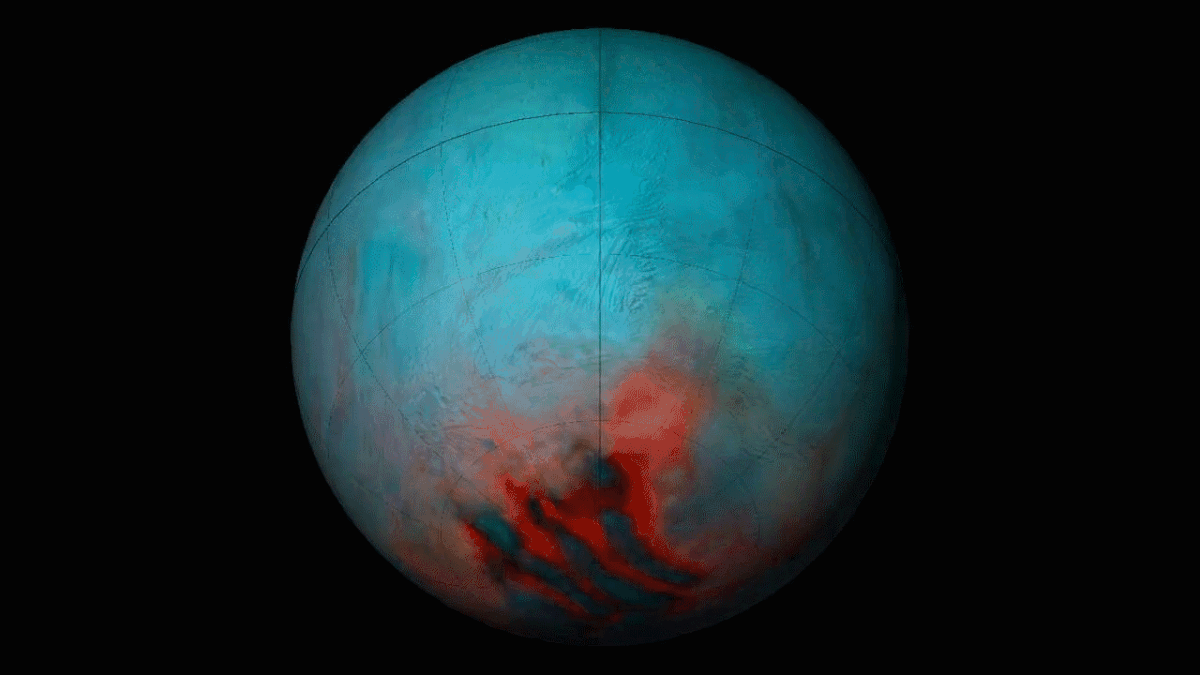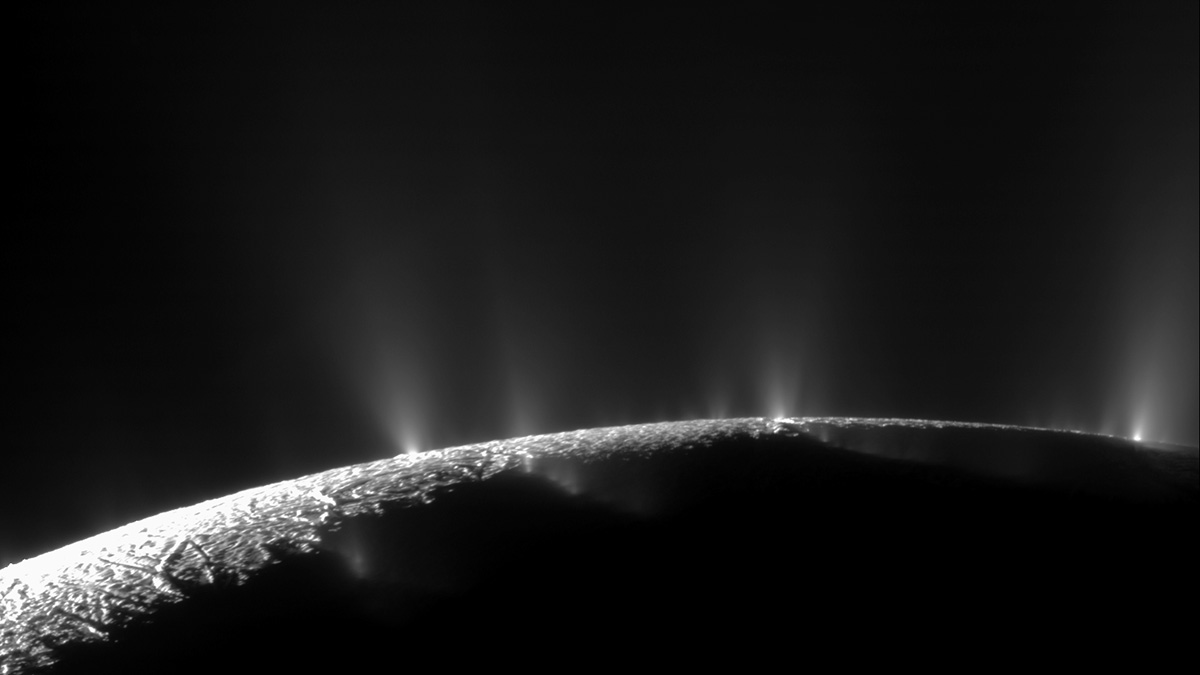A new analysis of old Cassini data has also verified past detections of complex organics in Saturn’s E ring, strengthening the chemical ties between the ring and its progenitor.
Saturn
A Dragonfly for Titan
A new eight-rotor robotic probe will head to the solar system’s most Earth-like moon. Here’s what its team is doing to prepare.
The Explosive Origins of Titan’s Rampart Craters
In a new study, volcanic explosions are explored and modeled to understand the possible origins of rampart craters on Titan and determine whether their formation can source atmospheric methane.
Las estrellas lejanas resaltan minilunas en los anillos de Saturno
Al estudiar cómo la luz de las estrellas se atenúa al viajar a través de las partículas de hielo que rodean a Saturno, investigadores han hecho foco en muchas estructuras pequeñas en los famosos anillos del gigante gaseoso.
Distant Stars Spotlight Mini Moons in Saturn’s Rings
By studying how starlight attenuates as it travels through the icy particles encircling Saturn, researchers have zoomed in on a host of small structures in the gas giant’s famous rings.
Strike-Slip Faults Could Drive Enceladus’s Jets
The back-and-forth motion could also reshape surface geology at the moon’s south pole.
Gas Giants with Fuzzy Cores
New measurements of Jupiter and Saturn show that both planets have dense cores that are gradational (fuzzy) and large, rather than small and compact.
That’s No Moon; It’s an Ocean World
If Saturn’s cratered moon Mimas has liquid water beneath its surface, ocean worlds might be far more common in the solar system than we thought.
James Webb Space Telescope Captures Saturn’s Changing Seasons
Unprecedented images reveal how Saturn’s atmosphere is evolving as summertime winds down in its northern hemisphere.
What Methane Jets Might Tell Us About Enceladus
Plumes on Saturn’s moon Enceladus are dumping methane into space—fast. Something must be resupplying the organic compound.










